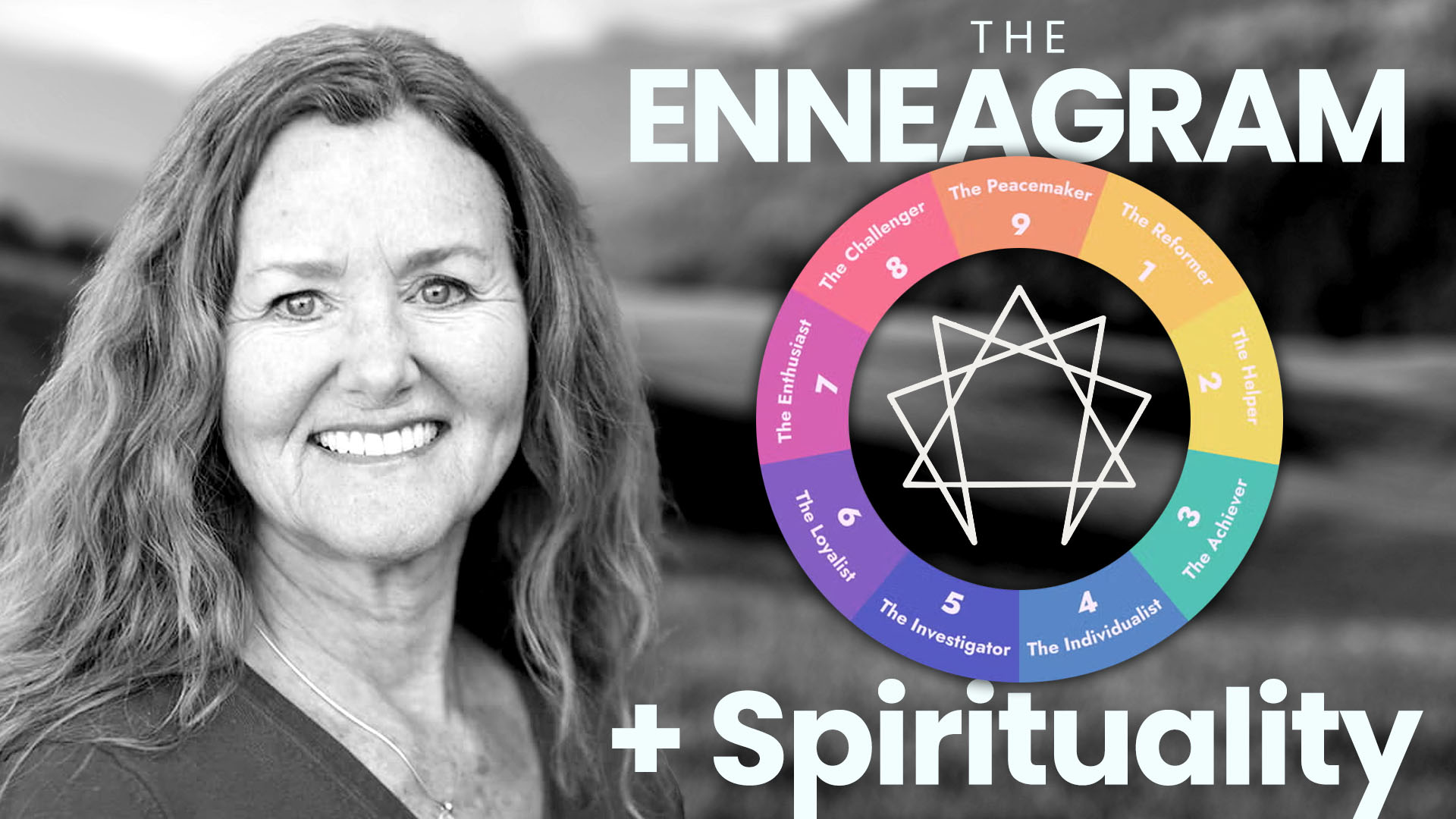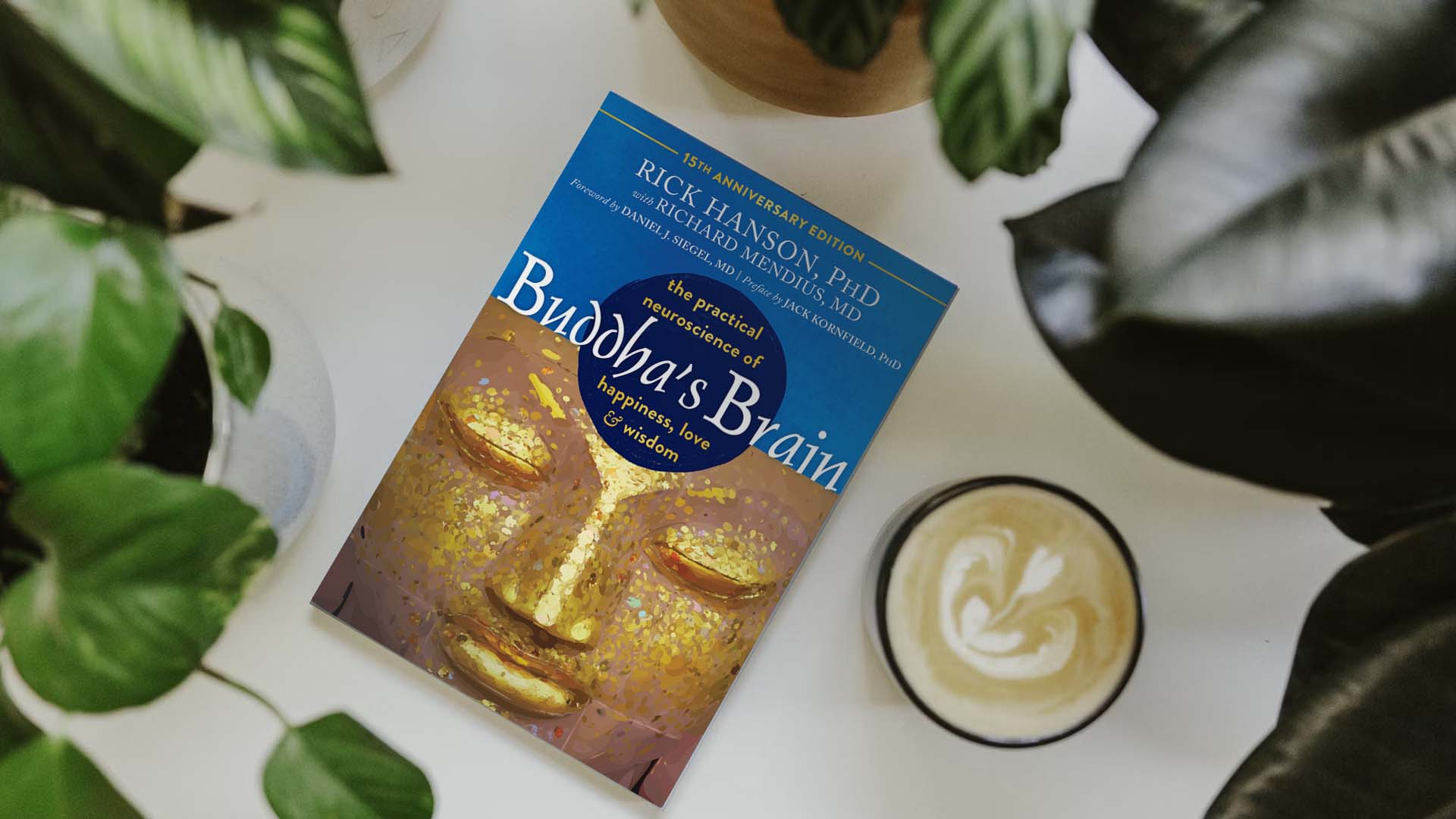“Many people think that patience is a sign of weakness.
Dalai Lama
I think this is a mistake. It is anger that is a sign of
weakness, whereas patience is a sign of strength.”
Patience brings peace and allows us to pause and respond mindfully rather than react unskillfully—which is important as we are surrounded with societal messages that promote haste and disregard for ourselves, others, and the environment.
Guest Teacher Anne Roise offers an inspiring talk on the facets of patience and how to apply this to our inner and outer experiences. You can find a full list of topics below the videos.
Click here to join the free Wednesday Meditations – which are open to everyone!
Meditation: Settling into Patience
Talk: Cultivating Patience with Loving Strength
Topics:
- Patience or Khanti (Pali) is described as the supreme austerity, the highest virtue in the teachings of the Buddha.
- In the Theravada tradition, it is the sixth of the 10 Paramis or Perfections, which are virtues to guide our path to awakening.
- This quality is embedded in all of the Paramis and the Brahma Viharas/ Divine Abodes, and it is required to fully cultivate these virtues and other teachings of the Buddha.
- Meditation, reflection, insight, and mindful attention to ourselves and others require continuous cultivation.
- Patience serves as an antidote to societal messages that promote haste and disregard for ourselves, others, and the environment.
- Impatience erodes a sense of peace for us and others, causing harm.
- Patience does not mean complacency, weakness, or condoning harmful or unskillful behavior.
- Patience can be Passive or Active. Passive Patience is allowing the situation to take its own course without participation, whereas Active Patience engages us with agency to play a role in our well-being and that of others when faced with difficult situations.
- Cultivating patience allows us to pause and respond mindfully rather than react unskillfully.
- Patience is applied to our inner and outer experiences and unfolds with practice. It is a process.
- There are three facets to Patience: Perseverance, which requires continuity of effort and gentle endurance; Forbearance (patience under insult); and Acceptance.
- These facets acknowledge the quiet strength required to embody this virtue – with energy and love – and mitigate suffering.
About Anne Roise:
Anne Roise has been a Zen practitioner since 1971, when she left Canada as a teenager to study with her first teacher, Shunryu Suzuki Roshi. She is lay-ordained in the Soto Zen tradition. Anne completed the Buddhist Chaplaincy program at the Sati Center and is a trained mindfulness facilitator through the UCLA Mindful Awareness Research Center. Anne has taught mindfulness to community organizations and educational institutions. She offers chaplaincy services to diverse groups and facilitates the Black Wisdom and Mindfulness Circle through the Insight Meditation Center. Her career has included leadership roles in initiatives to address systemic poverty, community and economic development, violence prevention, juvenile justice and racial and ethnic bias in court systems. Anne is the Director of Programs and Online Operations at Spirit Rock Meditation Center and serves on the boards of Mindful Schools and the San Francisco Zen Center. She holds a graduate degree in City Planning from MIT and is a Certified Life Coach.




